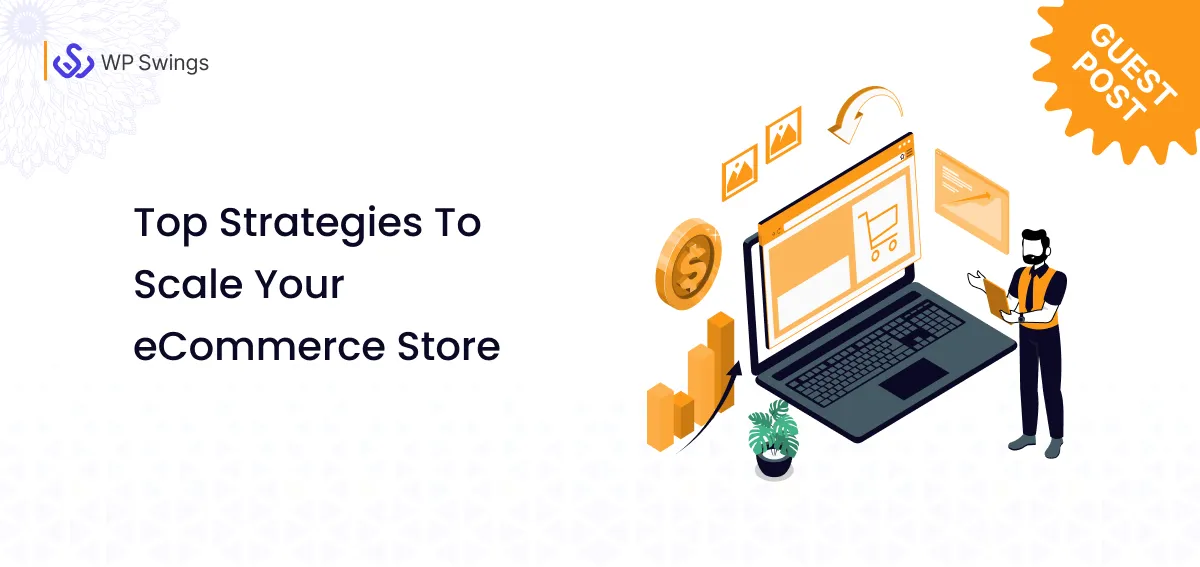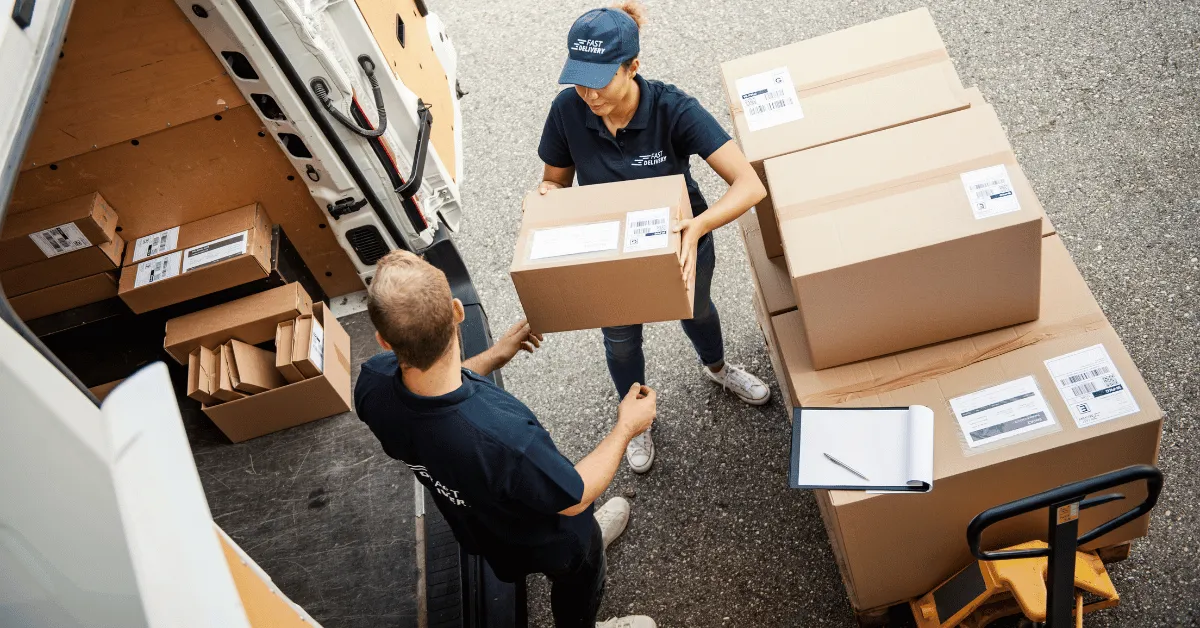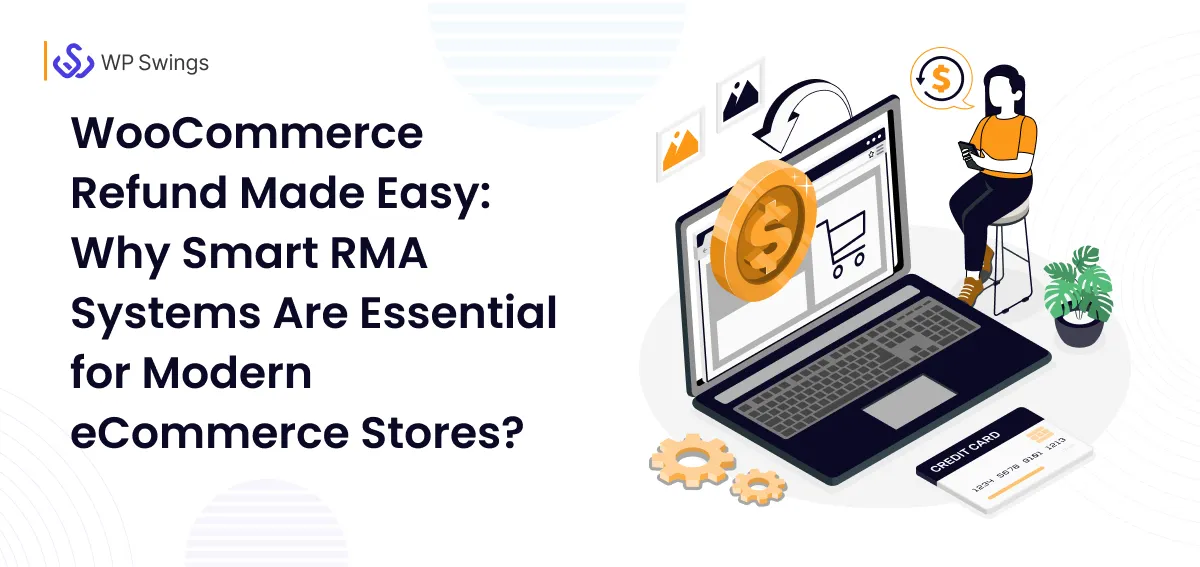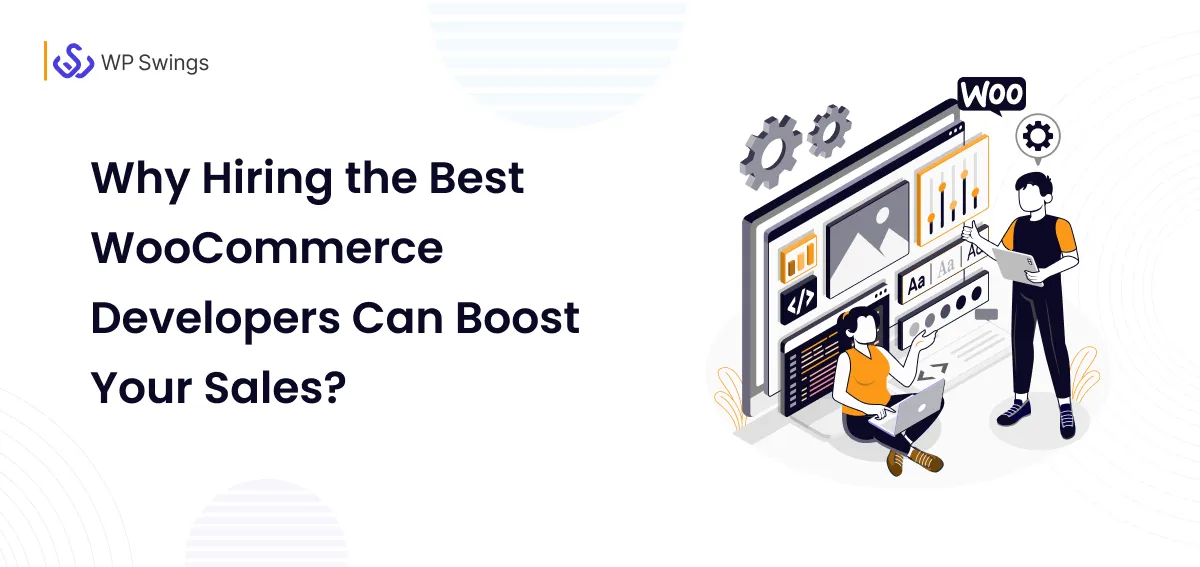
You don’t have to travel too far back into the mists of time to reach a point where selling handmade jewelry or curated vintage jackets to someone 1,000 miles away felt like a far-fetched dream.
Those were pursuits reserved for brands with cavernous warehouses and armies of marketing bods, not to mention stacks of cash. Today? With proper preparation, setting up (and scaling up) a global business is remarkably achievable.
But while the web , and more specifically platforms like Wix, Shopify, and WordPress , have helped entrepreneurs expand their horizons, scaling internationally is still far from plug-and-play.
As many fledgling ecommerce companies often discover, what works in one country won’t always work in another. And that’s before we even get started on payment gateways, tax laws, and return policies…
This article aims to remedy this. Today, we’re breaking down the most effective, no-nonsense strategies for taking your online store beyond home turf. So, whether you’re shipping from Sydney or Shropshire, consider this your global game plan.
Do your research!
Before you even think about translating your homepage or calculating international shipping rates, take a beat to start understanding your new market. Start planning with examples of a strategic plan that focus on international growth—these can help you map out market entry, customer behavior, and localization needs. This kind of planning is often part of what an eCommerce development company considers when helping clients scale internationally. In fact, much of this strategic thinking mirrors what students learn in a Bachelor of Science in International Business program, where global market analysis, cross-cultural behavior, and international expansion frameworks are core subjects
Sure, if you’re a UK store expanding into the US, you might not need to revamp your entire store, but you’ve got to consider the customer experience too. What do your new shoppers care about? How do they shop? Which platforms do they use?
In Japan, for example, minimalism and quality packaging are big deals, while in India, affordability and strong customer support are more important. Luxury watch brands like Tissot must also research local tastes carefully, as even premium products require tailored marketing and presentation. Every country comes with its own quirks.
Start by analyzing Google Trends, snooping on competitors, and digging through reviews or social media comments. You’re not just selling products anymore , you’re offering a local experience from afar.
Think of it like being invited to someone else’s party: you want to dress right, bring the right gift, and definitely not show up blasting music they hate. Respecting local nuances will make you far more appealing , and trustworthy , to new customers.
Speak their language
It’s tempting to rely on Google Translate (or more recently, ChatGPT) when you’re expanding into new countries , and hey, it’s better than nothing.
But if you really want to win hearts (and carts), you’ve got to go the extra mile. That means translating your website, product descriptions, checkout buttons, and customer support resources with the help of a real human, ideally someone who speaks the language natively. For this reason, many brands are turning to an AI to Human text converter to refine machine-generated translations into natural, culturally accurate content that truly resonates with local audiences.
Literal translations often miss slang, humor, or even basic context , and nothing kills a sale faster than a confusing or cringey sentence.
There are several real-world examples of where companies have found this out the hard way: take KFC’s iconic “finger-lickin’ good” slogan, for instance , the fast food giant didn’t take the time to consider that this would come out as “eat your fingers off” when translated directly into Chinese. Sounds painful , and not very tasty, either.
Beyond language, you should also consider tone. What sounds fun and cheeky in English might come off as pushy or confusing elsewhere. If your team struggles with crafting messages for global audiences, English learning tools can help improve business communication by refining tone, clarity, and phrasing in professional contexts
This is where multilingual SEO plays a key role — making sure your content is not only translated, but also optimized for how people in different regions actually search online. Brands that feel “local” , even if they’re technically not , have a massive leg up. Localization isn’t just about translation; it’s about making your site feel like it was built just for them. Using a software localization platform can streamline this process, ensuring the site, its content, and all cultural nuances are adapted seamlessly for each market.
If you can get someone in Berlin or Buenos Aires to forget they’re shopping on a foreign site at all? That’s when the magic happens.
Tweak your marketing approach
When you’re looking to entice consumers in new markets, a blanket, catch-all approach to marketing your products such as office chairs is rarely going to cut it. Instead, you need to be deeply targeted, ensuring that you’re focusing your efforts in the areas they’re likely to have the most impact.

[Image Source: CorporateFinanceInstitute]
Sticking with social media, it can also be really beneficial to work with local influencers in the countries you’re expanding into.
This can build trust among international audiences, as these influencers typically have large local followings, and establishing a relationship with them shows overseas consumers that you’re integrated into the culture and market. Strong social media graphic design tailored to local preferences can also boost engagement and make your brand more relatable in new regions. Another effective tactic is to let potential customers experience your offering first-hand. Creating a sandbox testing environment gives users a chance to experience your product before purchase, building trust and understanding in new markets.
SEO is another key factor. Consumers in different countries don’t necessarily search in the same way, so it’s important to perform localized keyword research to understand what users are searching for and how , i.e. the search engines they’re using but also the types of queries they’re most likely to enter into the search bar. Working with an experienced SEO agency like SIXGUN can help you develop effective localized SEO strategies for different markets
Localize your pricing
Sure, converting your prices from dollars to yen or pounds to pesos is a solid start. But successful international pricing goes a step further. It’s not just about math , it’s about perception.
What feels like a good deal in one country might look expensive in another, even if the numbers technically match.
For example, €49.99 might hit the sweet spot in Spain, but in Vietnam, that same amount could be wildly out of touch.

[Image Source: ProductMarketingAlliance]
Tools like Shopify Markets or BigCommerce’s multi-currency settings can help automate a lot of this. You can also use eCommerce software marketplaces like Techimply marketplace to compare pricing optimization tools that are popular in your target regions.
Also, always round prices in a way that feels familiar to your audience , €19.99 is psychologically a lot nicer than €20.34. When pricing feels intuitive and local, customers are more likely to trust your brand , and hit that checkout button.
Consider hiring locally
Once your store starts gaining traction overseas, it’s worth thinking about bringing someone on the ground into the mix. Hiring local talent isn’t just for massive corporations with international HQs , it’s actually a smart move for ecommerce brands of any size. Using tools that help you connect with verified contacts makes finding reliable local hires easier and more efficient. Using tools that help you connect with verified contacts makes finding reliable local hires easier and more efficient, and you can even set up a WhatsApp store to handle international orders
Whether it’s a customer service rep in France, a social media manager in Japan, or a marketing assistant to help you hire in Germany, having someone local can make a world of difference. They’ll understand the language, cultural references, holidays, and even what kind of humor flies (or flops). To further maintain smooth coordination across time zones and teams, using meeting notes template ensures that all updates and action items are clearly documented and shared.

[Image Source: takeitpersonelly.com]
That’s where an Employer of Record (EOR) comes in handy. If you’re planning to expand into Europe, for example, an EOR lets you legally and compliantly hire in Spain, Germany, or many other countries without having to open a branch there.
They handle all the paperwork, payroll, and tax compliance, so you can focus on building your team and brand. It’s global hiring, minus the global headache. However, even when hiring remotely, it’s recommended to conduct a cognitive assessment test, as it can provide valuable insight into a candidate’s problem-solving abilities, learning speed, and overall aptitude, helping you make more informed hiring decisions and bring in the right talent for your team.
Nail your shipping
Few things sink a global order faster than slow or expensive shipping. You’ve probably been there yourself: you find a great item, add it to your cart, then discover shipping costs more than the product , or won’t arrive until next month. Yikes.

[Image Source: SimplyVat]
If you’re just starting out, consider using fulfillment services like ShipBob, Easyship, or even third-party logistics (3PL) warehouses that are strategically located closer to your target markets. These options can help you deliver faster without having to rent warehouse space in every country.
Bonus points if you offer free shipping over a certain amount, too , it’s still one of the most effective incentives around. Bottom line: shipping shouldn’t feel like a gamble. Make it simple, reliable, and stress-free, and your customers will come back for more. Make it simple, reliable, and stress-free with the right order fulfillment services, and your customers will come back for more.
Let them pay their way
If you’re based in the Western hemisphere, it’s easy to assume that most people prefer to pay for their orders using a credit or debit card , after all, it’s the go-to payment method for the majority of consumers in the United States and United Kingdom.
But it’s shortsighted to think this also applies to the rest of the world. Payment methods like digital wallets (which include Apple Pay and Google Pay) are becoming increasingly popular around the globe, while Buy Now Pay Later (BNPL) systems like Klarna are valued for their flexibility and convenience.
Real-time payment methods are also gaining traction in many countries, with tools like PromptPay in Thailand and Bizum in Spain being two prime examples.
Moreover, some countries (particularly in Europe) have their own unique payment methods. For example, TWINT is a popular Swiss payment system that’s accessed via an app, while iDEAL is a Dutch online payment method that’s the preferred option of many customers in the Netherlands.
Wallet System for WooCommerce Plugin
The lesson here is that you risk losing out on international business if you don’t consider their preferred payment methods. This goes back to doing your research , it’s essential to understand consumer preferences in each region, so you can offer a range of payment options to suit the varied needs of your global customers.
Scaling up and going global might seem like a lot of trouble, but with a bit of planning (and a willingness to roll with the punches), you can reap the rewards of entirely new markets. So go on , think bigger, and sell smarter. Your customers are waiting!









Good post. I be taught something more difficult on completely different blogs everyday. It’s going to always be stimulating to learn content material from other writers and practice slightly one thing from their store. I’d choose to make use of some with the content on my blog whether you don’t mind. Natually I’ll give you a hyperlink on your internet blog. Thanks for sharing.